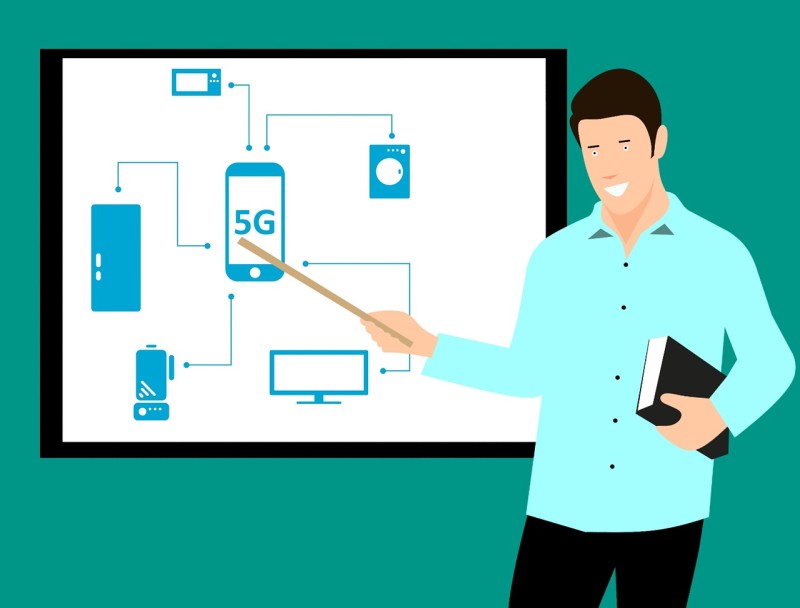5G Technology: Benefits and Challenges

We forget that tomorrow is already the future and that we will be living it as soon as we open our eyes in the morning when we assume the future is still far away. We went from having a pocket-sized device that could be used to make and receive calls from (almost) anywhere (first-generation technology) to being able to meet that demand by sending a text message instead of calling (second-generation technology), while still having that option on the same device (third-generation technology).
The story does not end there; the need for 5G technology, the next stage in our information consumption and the way we are linked and integrated with the objects around us, continues to increase.
What is 5G Technology?
The fifth generation of wireless network technology is known as 5G. Following the 4G generation, the 5G generation introduces a new type of community with higher community speeds, lower latency, and support for more users, devices, and services while enhancing network efficiency. If you want to submit a guest post on the developer gang website then you can send your blog at email developergang1@gmail.com
Three different types of use cases are supported by the 5G generation.
Enhanced Mobile Broadband (EMBB): Wi-Fi connection services with excessive capacity.
URLLC (Ultra-Reliable Low Latency Communication): Ultra-reliable, low-latency communications for critical needs.
Massive Automatic Type Communication (MMTC) allows billions of sensors and monitoring equipment to communicate reliably.
5G technology is designed to deliver peak downstream record speeds of up to twenty gigabits per second, which is 20 times faster than 4G LTE's peak rate of one gigabit per second. Similarly, 5G is intended to provide a ten- to one-hundred-fold increase in consumer data rates, support a ten- to one-hundred-fold increase in the number of associated devices compared to 4G, and have a notable-low latency of less than one millisecond (ms).
Benefits of 5G technology
It has been prophesied for a long time that the 5G network will revolutionize our lives in the coming years. They have, however, created a plethora of events that have sparked a slew of disputes concerning their multiple benefits as time has progressed.
Faster Downloads: The 5G network may increase download speeds by up to 20 times (from 200 Mbps on 4G to 10 Gbps on 5G), while cutting latency (response time between devices). These speeds will enhance the browsing experience by simplifying processes that, while possible now, are nonetheless difficult.
Hyper-connectivity: The 5G network promises to create a hyper-connected environment, paving the way for the long-awaited "intelligent cities." The Internet of Things (IoT) and 5G bandwidth will decide how successfully these new dynamics work.
Process optimization: 5G technology is expected to transform industries such as health (for example, remote treatments), autonomous vehicles, and traffic management, as well as construction, where it will be used to optimize resources and reduce risks.
Challenges 5G technology Face
Immediate obsolescence: Because the transition to the 5G network will entail the deployment of 5G-capable equipment, current 4G devices will quickly become obsolete.
Inadequate infrastructure: A large investment in infrastructure to boost capacity and expand coverage will be required for the 5G network to function properly, which will not be cheap. Due to the significant costs that governments would have to bear in order for 5G to function properly, this situation will undoubtedly cause delays in its rollout.
All of this demands effective data management, which is where the most debate arises in terms of advantages vs cons. Not only are concerns like Big Data techniques investigated in the administration of all this data, which comes from businesses, individuals, and even governments. Each country is now debating legal and ethical rules governing the management and use of this data in order to ensure that privacy is not jeopardized as a result of this interconnection.
